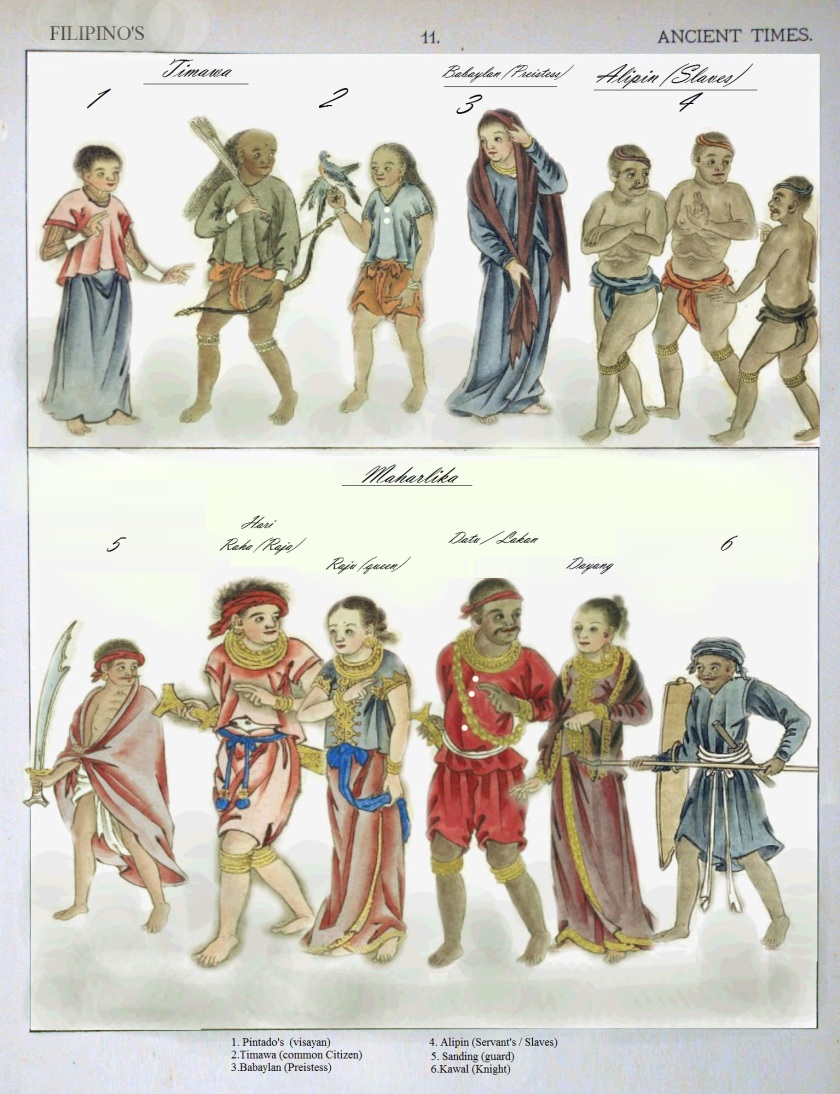
Kingdom of Tondo
The ancient Kingdom of Tondo, otherwise known as Tundun or Tundok existed circa 900s up to 1589. It was a fortified kingdom located in the Manila Bay area, specifically north of the Pasig River on the island of Luzon. It was an Indianized kingdom in the 10th century built upon and capitalized on being central to the long-existing ancient regional trading routes throughout the archipelago to include initiating diplomatic and commercial ties with China during the Ming Dynasty (1368-1644 A.D.) following the collapse of the Mongol-led Yuan Dynasty. As recorded in the Ming Annals, a Luzon envoy arrived in China in 1373 A.D. so it was apparent that the rulers of Tondo were acknowledged not as mere chieftains, but as kings. It became an established force in trade throughout Southeast Asia and East Asia at that time. The earliest evidence of trade between Tondo and China takes the form of pottery and porcelain pieces dated to the Tang (618-907 A.D.) and Song (960-1279 A. D.) Dynasties.
The ancient Kingdom of Tondo was comprised of the provinces of Pampanga, Bulacan, Bataan, Zambales, Nueva Ecija, Tarlac, and Pangasinan which are basically the Central Plains of Luzon.
Tondo’s regional prominence further culminated during the period of its associated trade and alliance with Brunei’s Sultan Bolkiah, when at its peak in 1515, the sultan attacked Tondo and established the city-state of Kota Selurong (Tagalog term) south of the Pasig River as a Bruneian satellite. This is narrated through Tausug and Malay royal histories, where Seludong, Saludong, or Selurong were used to denote Manila prior to Spanish colonization.
Sultan Bokiah ‘merged’ it by a royal marriage of Gat Lontok, who later became Rajah of Namayan, and Dayang Kaylangitan (Princess of the Heavens) to establish the city with the Malay name Seludong (later to be known as the city of Maynila). The traditional rulers of Tondo, the Lakan Dula (Lord of the Palace) retained their titles and property but the real political power resided with the House of Soliman, the Rajahs of Maynila whose line eventually formed the Tagalog ‘Maginoo’ ruling caste of Tondo.
The Will of Pansonum” written by Fernando Malang Balagtas, who claimed to be the Lakan Dula major (real Lakan Dula) of Tondo begun with: “The Sun, originally from Brunei, who ruled Lusung and Selurong, got as his wife Dayang Maylag, Princess of Sapa. Their union bore Gat Pandan and Lontok. Pandan had six children and established Ternate. Lontok was a prince of good qualities, he got married with kalangitan, Princess of Pasig, and from their union was born Panginuan, Sri Laila, Lat, and Kayia.”
Under Spain, the City of Manila became the colonial entrepot in the Far East. Tondo as a place continues to exist today as a district of the City of Manila, which is part of the larger Metro Manila.
You may want to read: